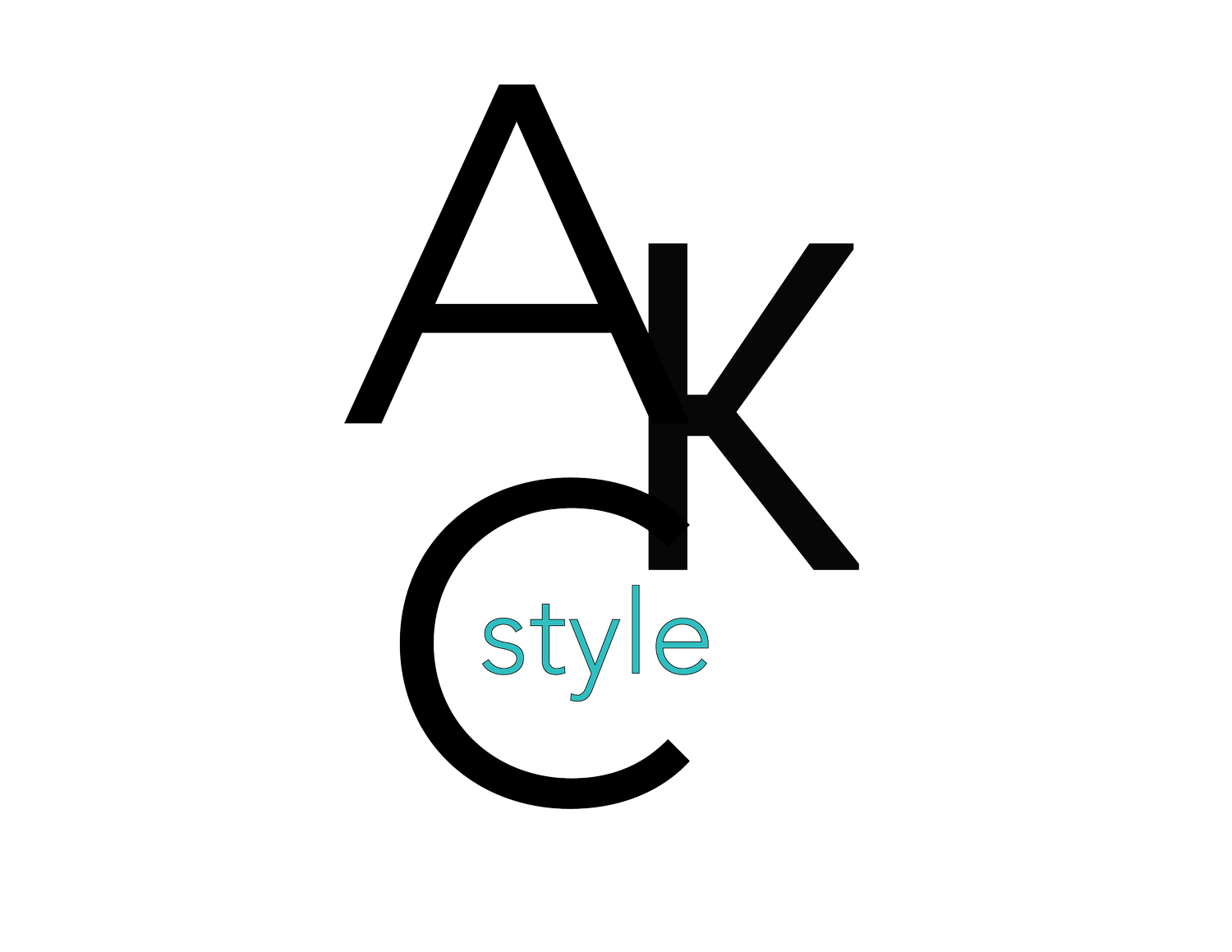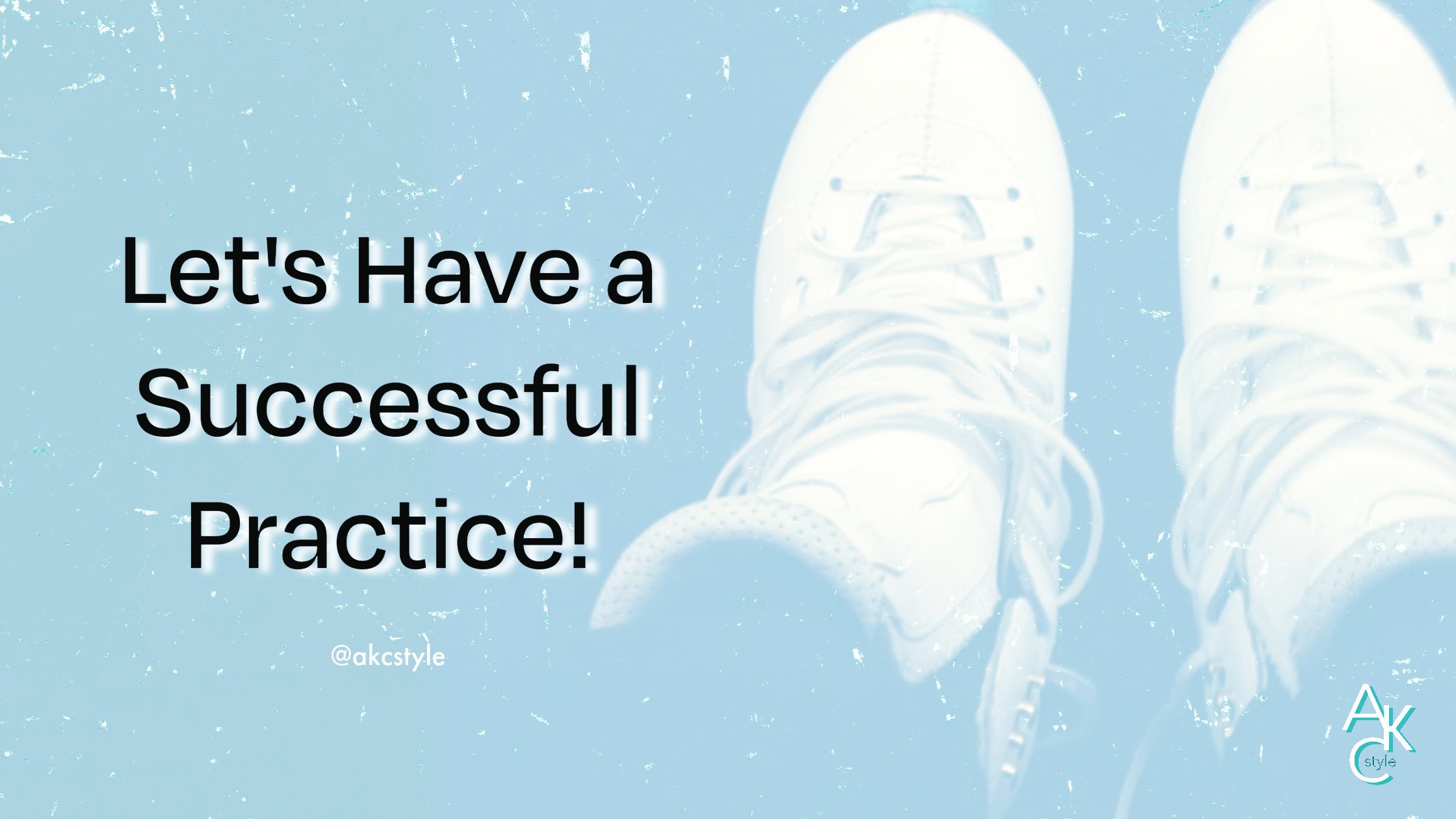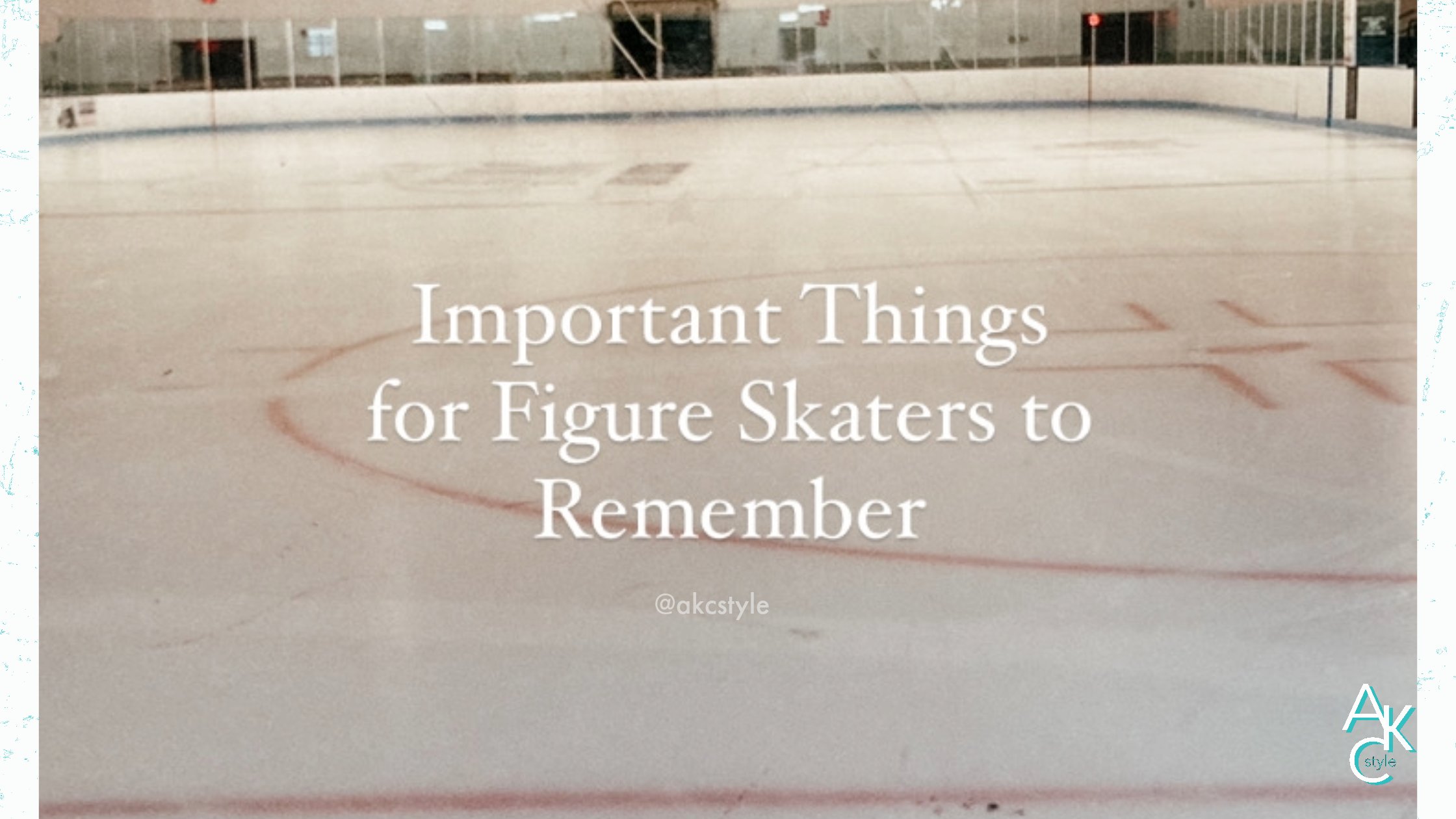How to Make the Most of Your Ice Time
If you visit most skating rinks around the country before a freestyle ice session, you’ll notice skaters preparing for their practice session off-ice before even lacing up their skates. Some skaters enjoy stretching at the boards or using a bench in the arena. Some try off-ice jumps, or stretch spin positions, while others walk through their programs with Air Pods on full blast. This process is the beginning of their off-ice warm-up. It all starts before they even think about lacing up their skates or taking to the ice.
How to Plan for a Successful Skating Session
In order to have enough time for off-ice stretching, jumping and conditioning skaters arrive early. You’ll need to give yourself enough time before your session starts to do all your off-ice warmups. Sometimes 10-15 minutes is enough. But it really depends on how your body feels. You may need 20-30 minutes if you’re feeling particularly stiff or sore.
After your off-ice exercises, grab your skates and get ready to take to the ice. Mix-up your warm-up with a variety of different elements each time you skate. I strongly recommend doing this in order to avoid burnout or getting bored with your routine. Stroking, edges, swizzles, crossovers, turns, and Fast Scratch spins are my go-to warm-up elements. After warming up properly, it’s time to start your private lesson or continue practicing on your own. If you’re not heading into a lesson, keep reading to learn how to navigate your practice session independently.
The Best Way to Prepare Your Body for Jumps
One of my coaches told me a long time ago to always start my sessions with spins because they’ll help you stretch your back out. I don’t know the science behind that advice, but it’s always helped me feel looser and more relaxed when I start my jumps. As I mentioned in a previous post about warm-up routines, I’ll start with a fast Back Scratch spin or fast Forward Scratch spin before jumping. You can challenge yourself by swapping these spins out with Sit-spin or Camel-spin variations.
Start off slow and deliberate to center your spin, then pull your arms in fast to gain speed. Always follow through on your spins (even if they’re not centered) by exiting with your free leg extended and good posture. Next, I’ll work on one to two Upright spins variations or a Layback spin. If I’m feeling good and everything is working out, it’s time to launch into more difficult spins. Sit-spins, Camel-spins, Flying Camel spins, and then variations on each of those.
Start Preparing to Land Your Jumps
Finally, it’s time to start jumping, working on choreographic sequences, and dance steps. I like to practice one to two jumps individually first. I start adding complicated dance steps or choreographic sequences to the entrances of my jumps after warming up each individual element.
It’s easy to get frustrated if you try to execute too many jumps in one session. Especially if you’re having an off day or are falling a lot. Remember to give yourself a break and listen to Adele. Go easy on yourself! Not every day will be a “good day”. Focus on one to two jumps or combination jumps you’re planning to work on per session. Set a small goal for each session and try to execute that one goal.
How to Cool-Down At The End of Your Training Session
As your session is winding down, start executing moves that make you happy! You know…, the ones that make you feel good about yourself. When you leave a session on a difficult or frustrating note, it makes coming back to practice the next day more difficult. I like to pick one move I love doing right before the bell rings to get off the ice. It’s always better to leave the ice with a smile on your face rather than a frown or tears. Two important pieces of advice for all figure skaters to remember is: “You’re best is good enough,” and “You can always try again.”
If your practice session doesn’t go as planned, that’s ok! Don’t beat yourself up. Don’t start sliding back into old habits like comparing yourself to other skaters, or, thinking you’re not good enough. Pushing yourself past a healthy limit is the fastest way to get injured. Shake it off, move on, and start working on things that make you feel good about who you are, and where you are in your skating journey. Remember to skate strong, find your focus & keep building your strength!




